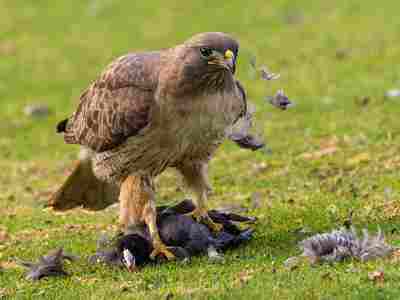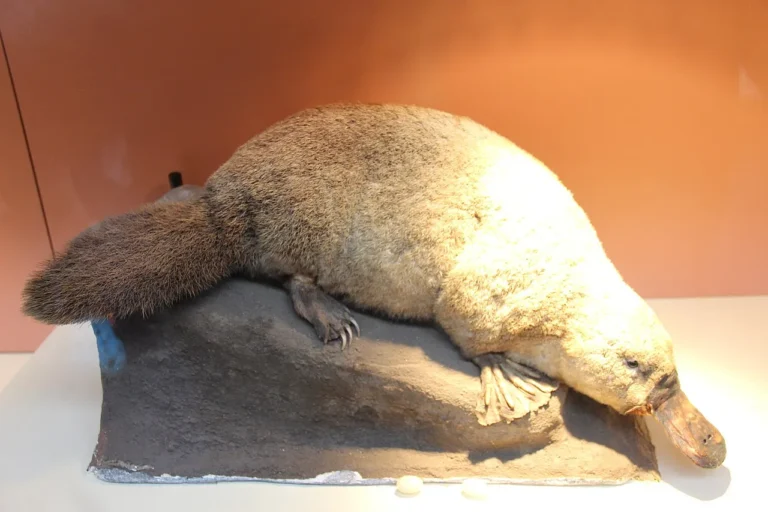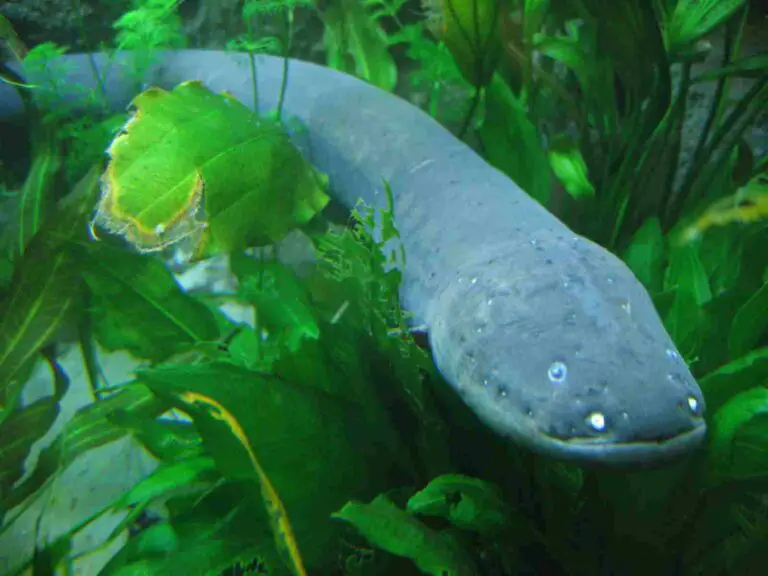3 Examples of Agroecology Explained
Examples of agroecology are; biological control, conservative agroforestry, and permacultural crop diversification.
This article discusses examples of agroecology, as follows;
1). Biological Control (as one of the Examples of Agroecology)
Biological control, also known as biocontrol; has to do with the use of natural elements like plants and animals, to limit the growth and impact of pests, weeds and diseases on farms.
Biocontrol strategy is simply an outline of the specific biological elements, tools and techniques to be used in a given agricultural project.
The importance of biological control in agroecosystems is based on its role in reducing potentially-unfavorable human inputs on farms [2].
Such reduction helps the farm to have minimal disruptive effect on the natural ecosystem, which is the ultimate goal of agroecology.
Less use of chemical herbicides and pesticides can significantly mitigate harmful environmental impacts of farming.
Biocontrol can also increase biodiversity and ecologic resilience [1].
2). Conservative Agroforestry
Agroforestry is itself a principle of sustainable agriculture that encourages land management and soil conservation through the integration of agricultural biodiversity with forest trees and shrubs.
When conducted with emphasis on conservative management of resources, agroforestry can be a classic and effective example of agroecology.
This is especially the case where ‘conservative’ management is carried out in similar manner to the approach used in biodynamic farming; whereby resources are recycled and retained within the energy pyramid of the agroecosystem.
Conservative agroforestry can help farms to achieve sustainability, soil and water conservation and biodiversity enhancement.
Important natural processes like carbon sequestration can also become more effective through agroforestry practices [4]. This reduces the rate and impact of climate change, and increases the quality and consistency of production.
3). Permacultural Crop Diversification (as one of the Examples of Agroecology)
Crop diversification refers to an active increase in species diversity among agricultural plants.
It is viewed as one of the essential pillars of sustainable transition from conventional farming to agroecology [3], because crop diversity is crucial for ecologic resilience and improved productivity.
Agricultural biodiversity is important as one of the prerequisite factors for sustainability. Its importance transcends various practices and principles of sustainable agriculture such as permaculture, organic farming, conservation tillage and biodynamic farming, among others.
It also has significant socioeconomic importance, with regards to reducing problems of food insecurity and hunger.

Conclusion
Examples of agroecology are;
1. Biological Control
2. Conservative Agroforestry
3. Permacultural Crop Diversification
References
1). Crowder, D. W.; Jabbour, R. (2014). “Relationships between biodiversity and biological control in agroecosystems: Current status and future challenges.” Biological Control 75:8–17. Available at: https://doi.org/10.1016/j.biocontrol.2013.10.010. (Accessed 26 December 2022).
2). Hatt, S. (2017). “Spatial diversification of agroecosystems towards biological control of insect pests: A focus on intercropping and wildflower strips.” Biology. Available at: https://www.semanticscholar.org/paper/Spatial-diversification-of-agroecosystems-towards-A-Hatt/1e7f280e5189818972379fa8af01faa3f198b1cb. (Accessed 26 December 2022).
3). Krebs, J.; Bach, S. (2018). “Permaculture—Scientific Evidence of Principles for the Agroecological Design of Farming Systems.” Sustainability 10(9):3218. Available at: https://doi.org/10.3390/su10093218. (Accessed 26 December 2022).
4). Siarudin, M.; Rahman, S. A.; Artati, Y.; Indrajaya, Y.; Narulita, S., Ardha, M. J.; Larjavaara, M. (2021). “Carbon Sequestration Potential of Agroforestry Systems in Degraded Landscapes in West Java, Indonesia.” Forests 12(6):714. Available at: https://doi.org/10.3390/f12060714. (Accessed 26 December 2022).




